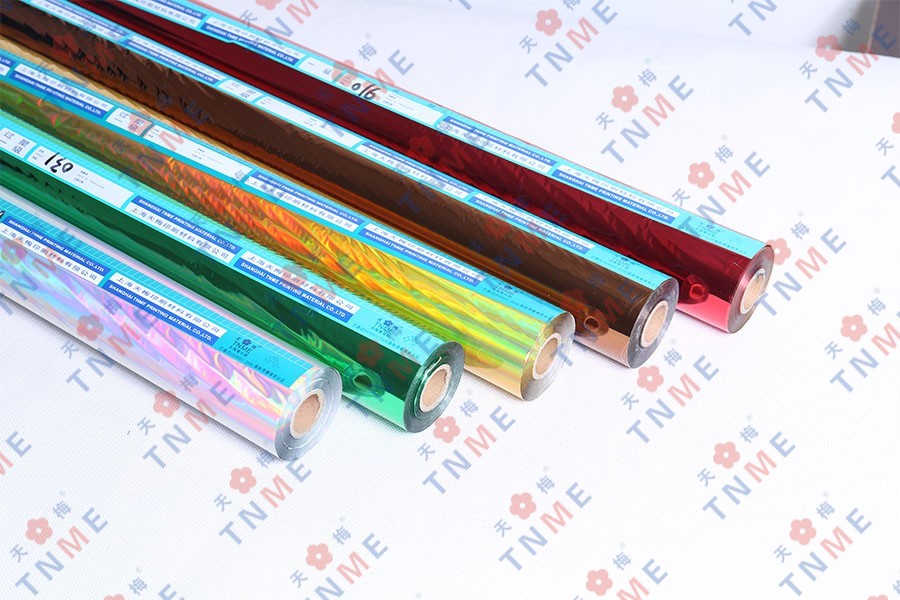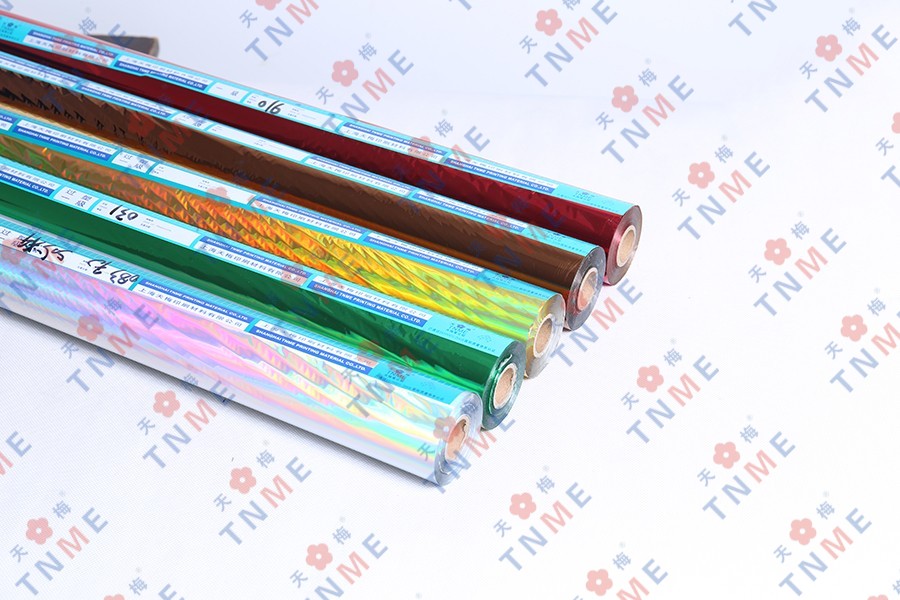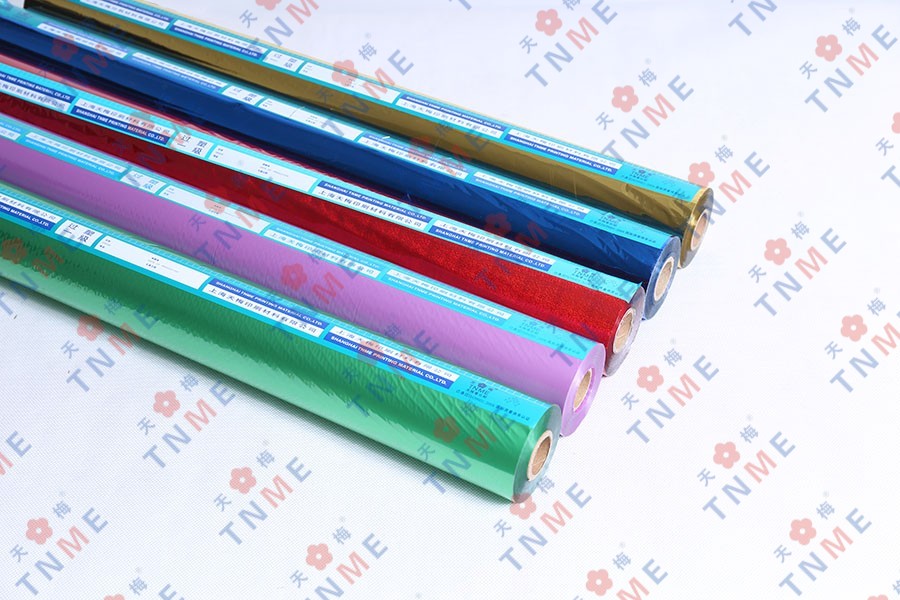The Potential of Foil in Artificial Leather Manufacturing
Author:admin Date:2023-07-06
In recent years, the demand for artificial leather has witnessed a significant surge due to its versatile applications in industries such as fashion, automotive, and upholstery. Artificial leather offers a cruelty-free and cost-effective alternative to genuine leather, making it a popular choice among consumers. One crucial component that contributes to the aesthetics and durability of artificial leather is foil. manufacturing and its impact on the final product.


Understanding Foil in Artificial Leather
Foil refers to a thin metallic or pigmented film that is applied to the surface of artificial leather to enhance its visual appeal and performance. It is usually made from materials such as aluminum, gold, silver, or various polymers. Foil can be manufactured in various colors, patterns, and finishes, allowing for a wide range of customization options.
Enhancing Aesthetics
Foil plays a crucial role in enhancing the aesthetics of artificial leather. By applying a metallic or pigmented foil layer to the surface, manufacturers can achieve a variety of visual effects such as metallic finishes, embossed patterns, holographic designs, and even a glossy or matte appearance. These visual enhancements give artificial leather a luxurious and eye-catching appeal, making it a popular choice in fashion and interior design.
Improving Durability
Apart from its aesthetic benefits, foil also contributes to the durability and performance of artificial leather. Foil layers can provide an additional protective barrier against abrasion, moisture, and UV radiation, thereby increasing the lifespan of the material. By adding a foil layer to artificial leather, manufacturers can enhance its resistance to wear and tear, making it suitable for various applications that require durability and longevity, such as automotive upholstery.
Customization and Branding
Foil offers immense possibilities for customization and branding in the artificial leather industry. Manufacturers can create unique and exclusive designs by combining different colors, patterns, and finishes of foil. This allows for the production of artificial leather with specific branding elements, logos, or personalized motifs, enabling businesses to establish a distinct identity in the market. Moreover, foil can be easily printed or embossed with intricate details, providing endless creative options for designers.
Application Techniques
There are several techniques for applying foil to artificial leather, depending on the desired effect and the manufacturing process. Some common application methods include:
Hot Stamping: This technique involves applying heat and pressure to transfer the foil onto the surface of artificial leather. The foil is pre-printed with the desired pattern or design and adhered to the material using a heated die or roller.
Lamination: Foil for artificial leather can also be laminated onto artificial leather by using adhesives or heat-activated films. In this method, the foil is sandwiched between the base material and a transparent protective layer, ensuring long-lasting adhesion and durability.
Transfer Printing: Transfer printing involves using a special ink that contains the desired foil pigments. The ink is applied to the artificial leather surface, and the foil adheres to the inked areas through heat and pressure, resulting in a precise and detailed design.
Foil plays a vital role in the production of artificial leather by enhancing its visual appeal, improving durability, and enabling customization and branding. With its ability to create various finishes and patterns, foil adds a touch of luxury and exclusivity to artificial leather products. As the demand for sustainable alternatives to genuine leather continues to rise, the incorporation of foil in artificial leather manufacturing is likely to further evolve, offering endless possibilities for innovation and creativity in the industry.




 English
English 中文简体
中文简体

















